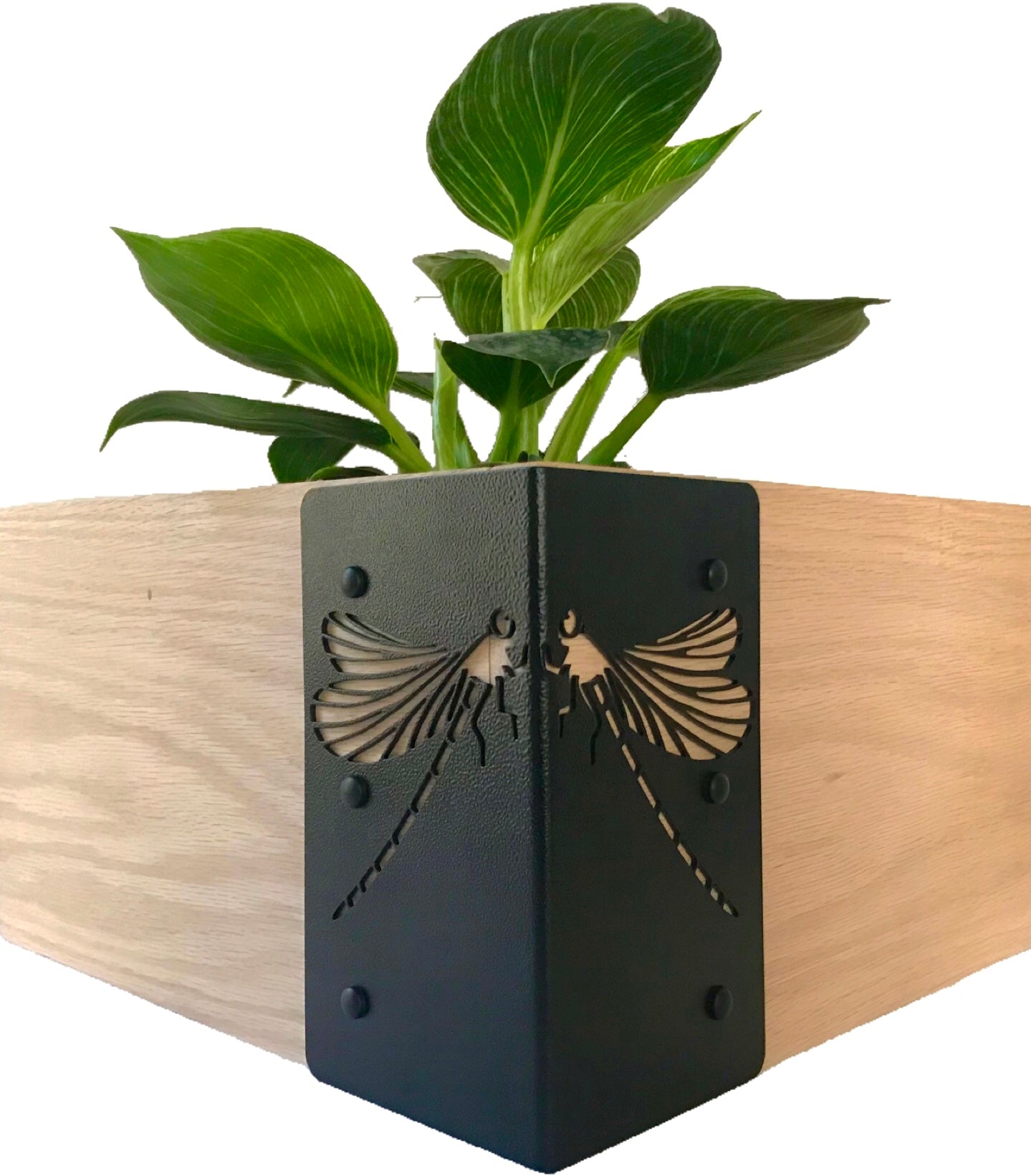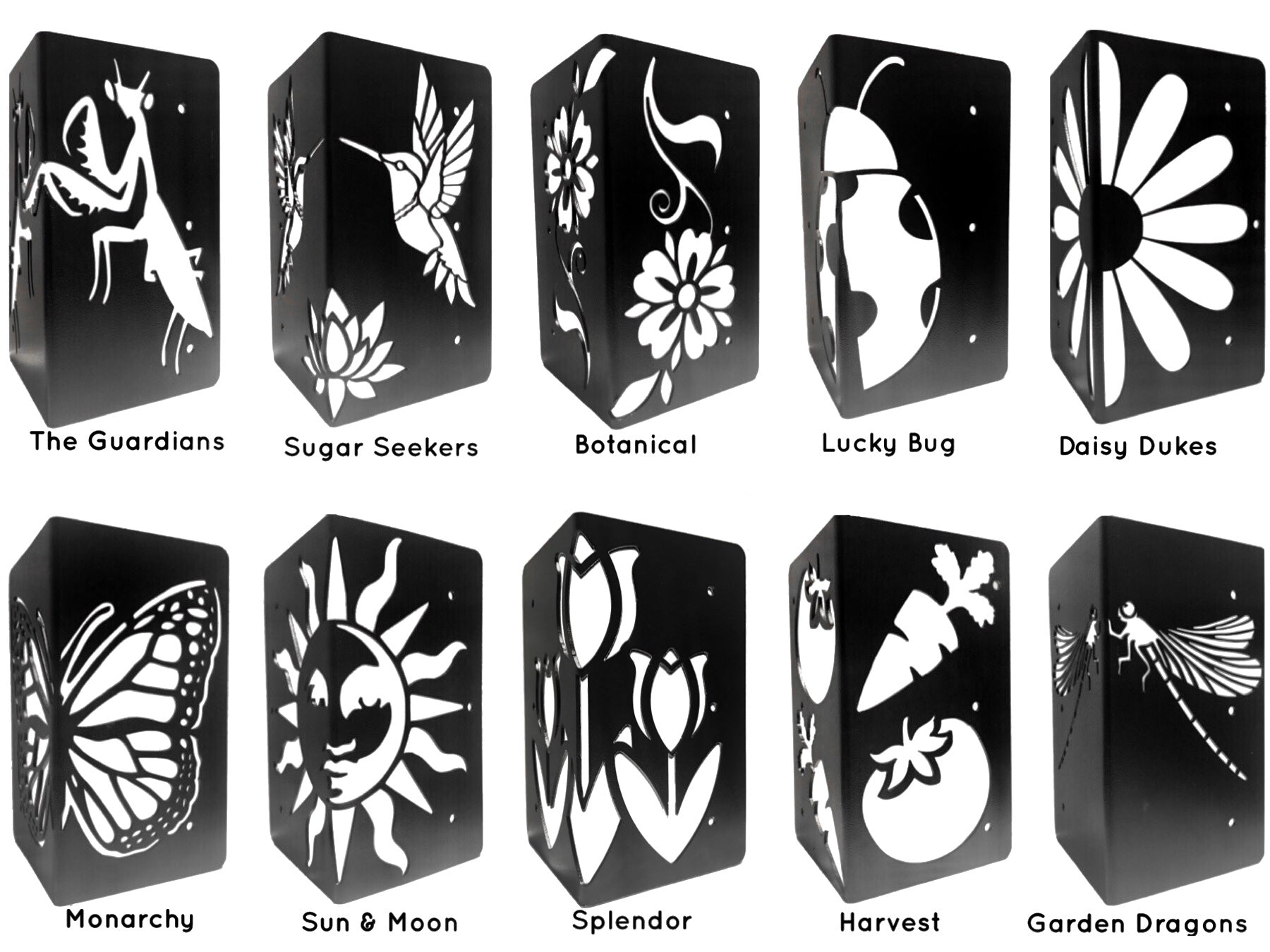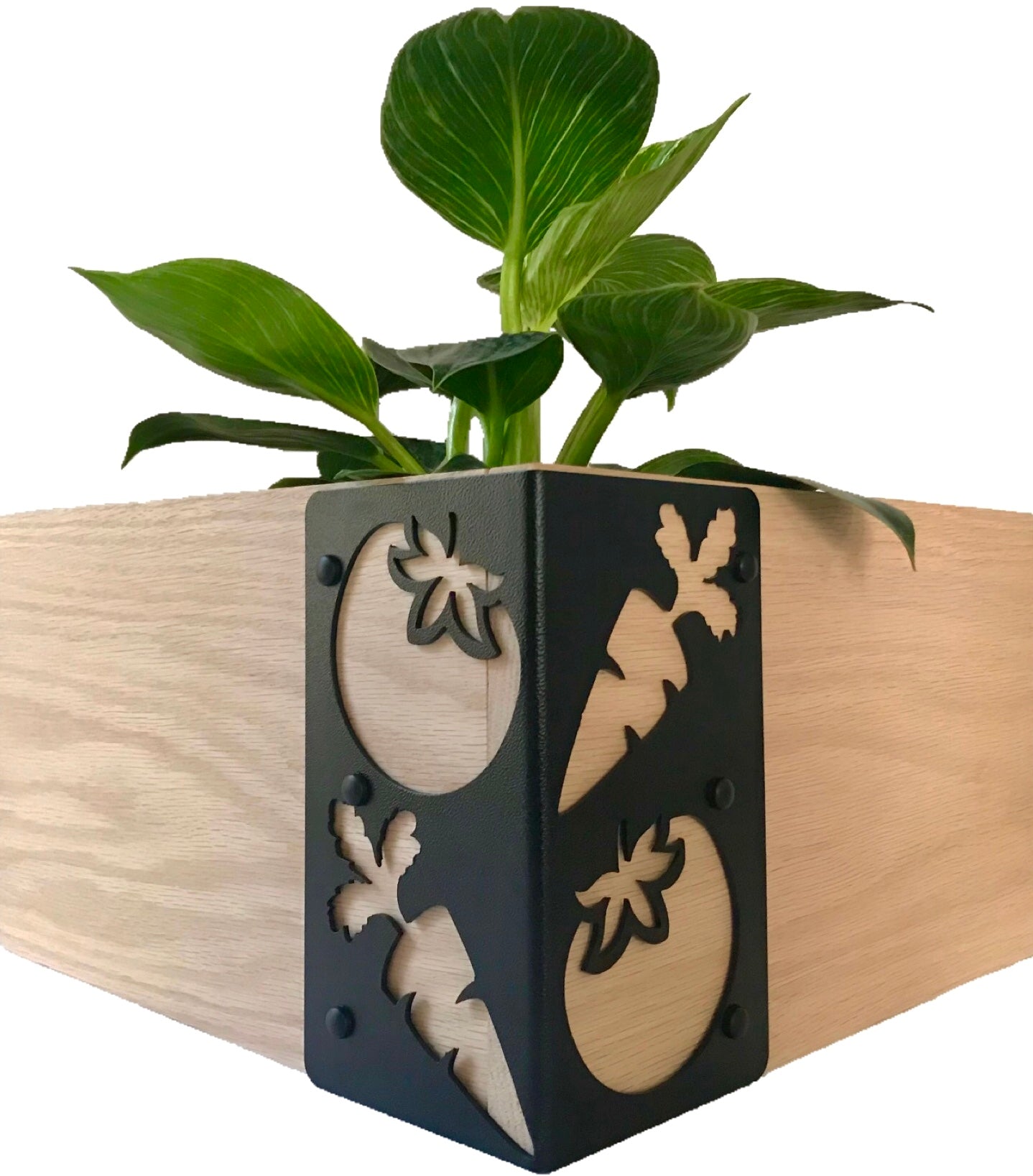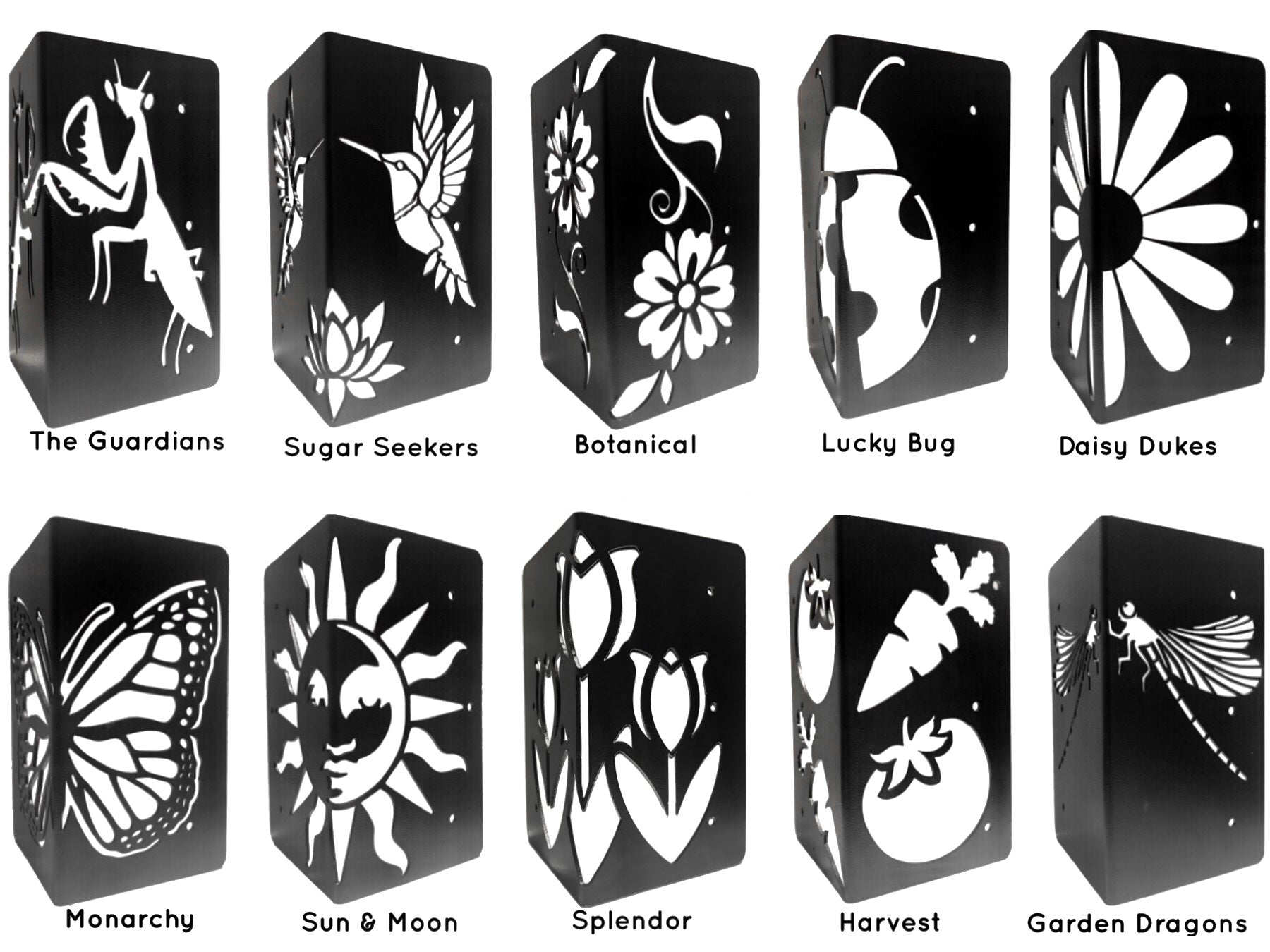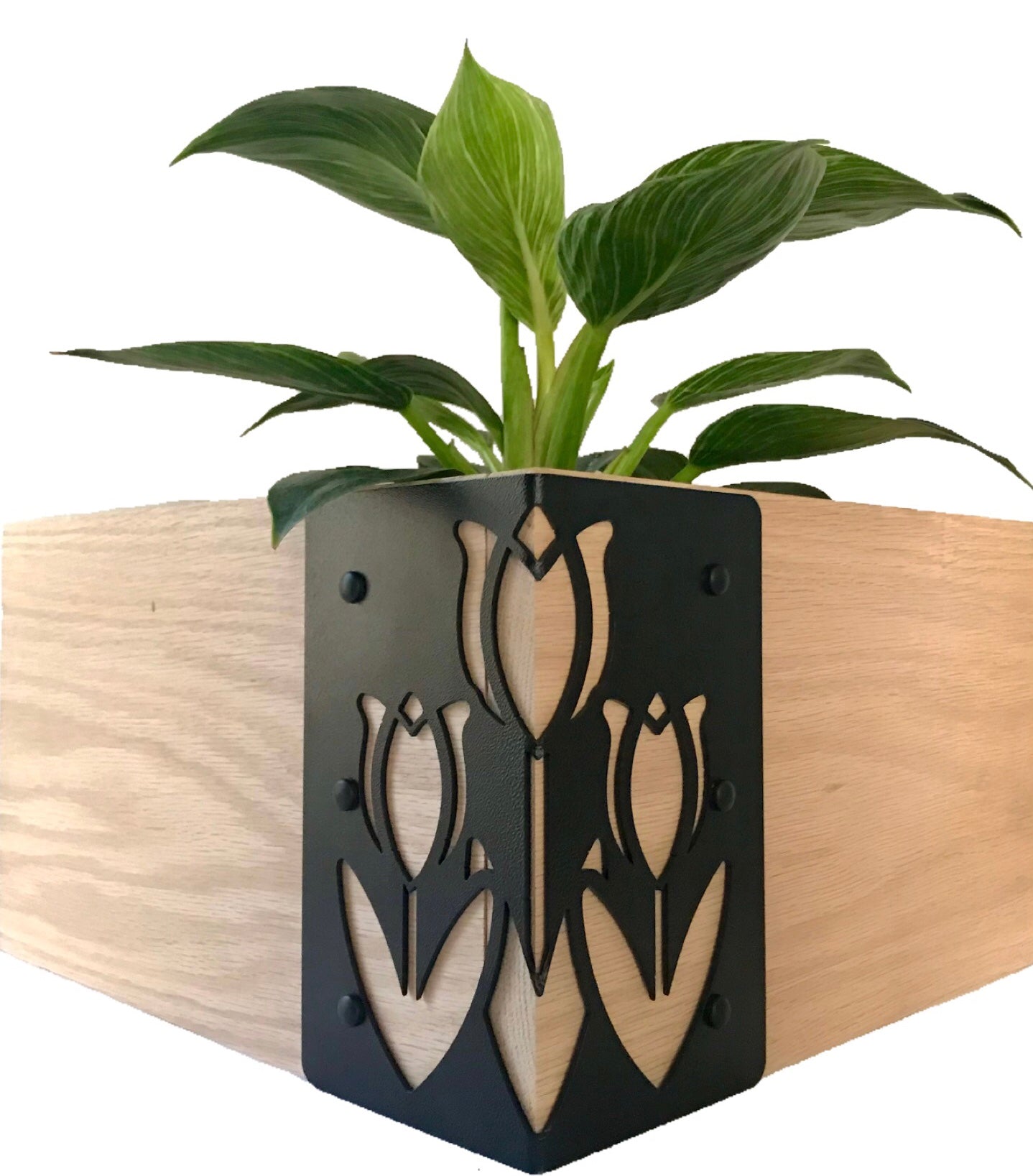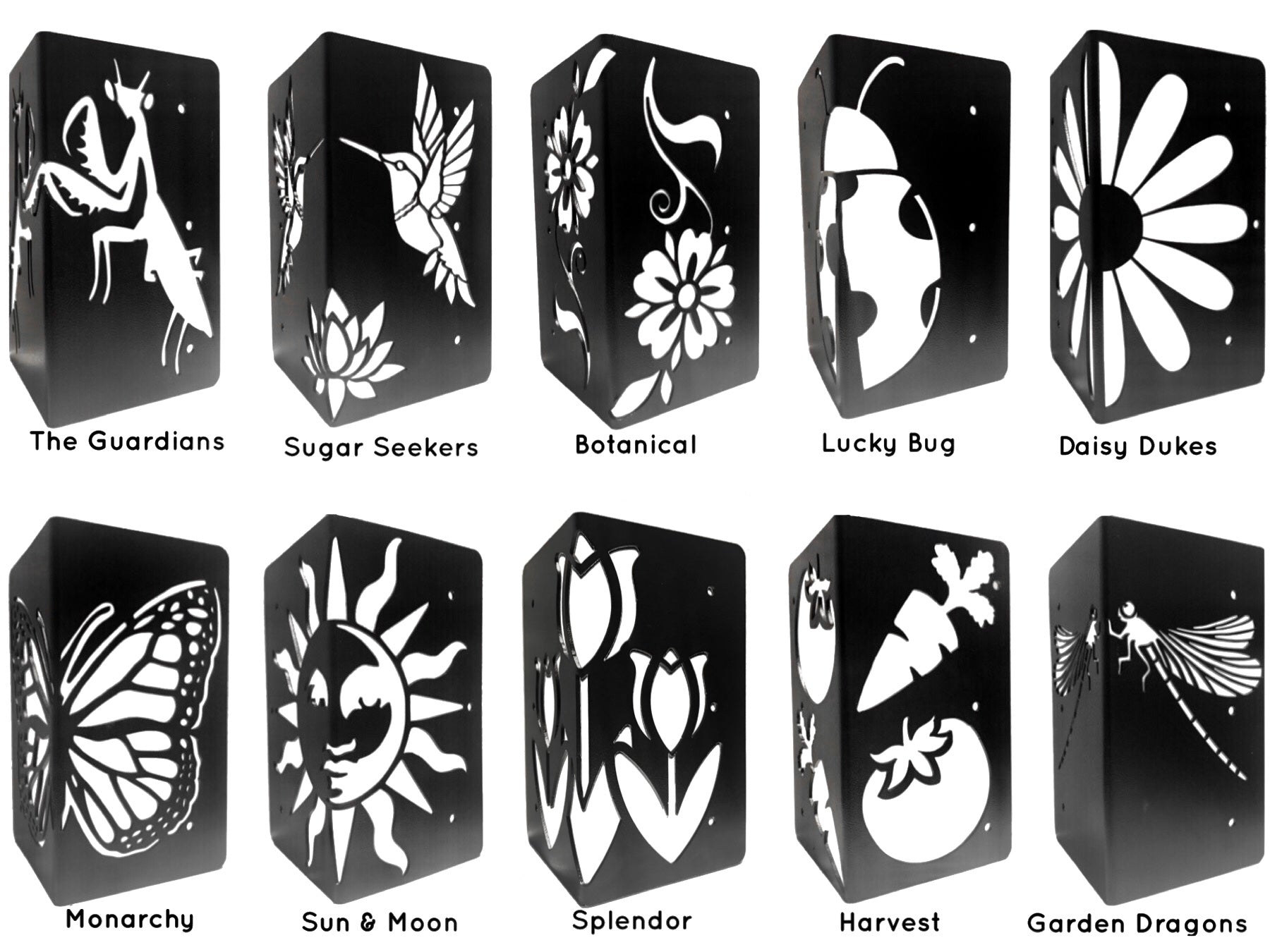
When should I set up my raised bed?

Raised garden beds are great for growing vegetables and flowers for multiple reasons. They prevent soil compaction, serve as a barrier to pests such as snails and slugs, keep pathway weeds from your garden soil and provide good drainage. The solid side frames of a raised bed keep your valuable soil from washing away during heavy rains. A raised garden bed allows gardeners to grow their plants earlier in the season because the soil gets warm early and provides better drainage when it's above ground level. They're also great for square foot gardening.
Why it's good to have your raised bed prepared in the fall:
If you're thinking about adding some raised garden beds next year in your garden, then the best option is to prepare them in the fall before. As when we study the soil's health and the beneficial microbes present in the soil, we understand that it's important to prepare raised beds well before the planting. It will help the plants grow quicker while keeping them healthy.
Fall is also a great time to get prepped for the coming spring. By designing and building this raised bed space, the beds will be prepared for planting cold weather crops. Additionally, fall is perfect to work in your yard as it's still balmy and not too hot; humidity is also low in fall. It's considered a resting period for plants as your grass will go dormant in fall. So if you're placing your raised bed on top of the grass, it's easier to deal with by adding a layer of cardboard on the bottom of a raised bed before adding soil.
The process of preparing a bed:
The process of creating raised beds in your garden is not that difficult and only involves just a few basic steps. Start by marking the area for your new raised beds. After that, turn the soil over with either a tiller or a shovel, and then add compost. Any compost will do the job; you can either make your own or buy mushroom compost from a garden center. Just make sure to buy an unsterilized one. You can also add fallen leaves of your trees as compost. Put them right in your bed. Even if they're fresh, by the time spring rolls around, they will be completely composted. The beneficial microbes present in the soil will break them down.
Add compost and let nature take its course:
Be generous while using compost, and add a layer of four to six inches. Start by layering it on the top and then work it into the soil either with a tiller or a shovel. Once you're done with that, now it's time to level! Take a good rake like a bow rake and level it out.
The next step is to do nothing and let nature do its work. The soil microbes will begin to grow and come to life. If you want the process to finish quickly, you can add a microbial drench to the soil. A microbial drench contains lots of beneficial microbes; you simply have to water them into your prepared soil. The microbes will feed on the added compost and will help decompose it. This process turns the compost into food for your plants in the coming spring when you will grow them. Another great thing about preparing your raised beds in the fall is that it's usually when other garden chores are at a minimum. It provides you time to do it properly without worrying about watering, weeding, or mowing the lawn.
The key to having a good raised bed:
The key to having a good raised garden bed is a solid foundation, and that foundation is your soil. Do the soil preparation job right, and your gardening will become a lot easier and more rewarding.


